Mount Behistun, which sits on the old trade route connecting the Iranian high plateau with Mesopotamia, contains sites dating from the prehistoric to the Median, Achemenid, Sasanian, and Ilkhani eras. Behistun Historical Site includes the Farhad Tarash, Balash Stone Carving, Statue of Hercules, and Shah Abbasi Caravanserai, besides the outstanding Behistun Inscription commissioned by Darius the Great. Read on to learn more about Mount Behistun.
What Can You Expect From a Trip to Mount Behistun?
These are only some of the many reasons you should check out this spectacular place:
- It housed one of the most important historical records in the world at the Behistun Historical Site. The Inscription of Behistun.
- The largest engraved stone in the world is a part of this structure.
- It provides a glimpse into a wide range of eras.
- It’s a lovely assortment of ancient rock carvings, inscriptions, monuments, and buildings.
- It emphasizes the strong ties that exist between Greece and Persia.
The Stunning Mount Behistun
Kings from various eras left behind priceless artifacts on Mount Behistun, turning them into a veritable museum of royal mementos. The ancient Iranians placed a high value on this peak. Most likely, the rocky peak was a holy site. The mountain’s strategic placement along a major trade route between Persia and Mesopotamia made it an ideal venue for the monarchs to display their power and wealth. Mount Behistun, where the incredible Behistun Historic Site is located, was likely chosen by monarchs from many ages because of its proximity to a vast green area and its high altitude, which protected their works from destruction.
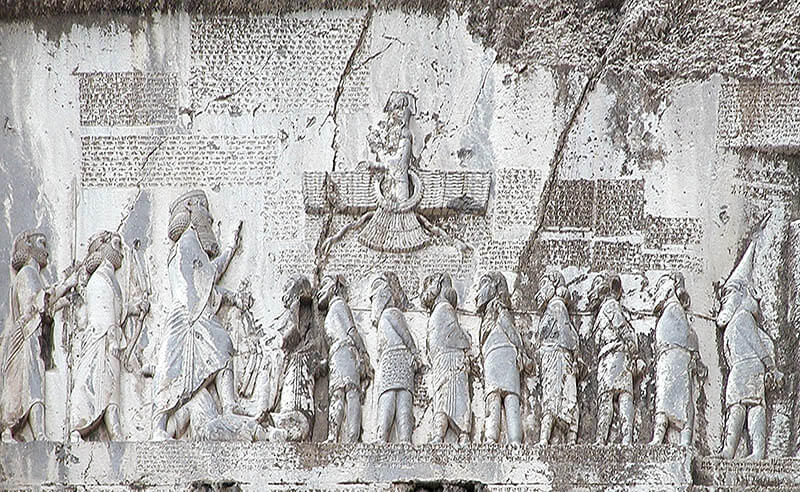
Mount Behistun Inscription
As far as we know, the Mount Behistun Inscription is the only Achemenid monumental inscription that records a concrete historical occurrence. The languages of the Old Persian, Elamite, and Babylonian inscriptions found in Bisotun are all from the same period. In them, Darius the Great traced his family tree, extolled his royal qualities and authority, and detailed how he restored his empire following rebellions and other pretenders. The height of the inscription is 15 meters, and the width is 25 meters. The statues show Darius, stepping on the chest of an aspiring king while clutching a bow (a sign of strength). Backing up the newly crowned monarch are two nobles. Nine of the most prominent rebels are standing before him, their wrists and necks bound with ropes. The Zoroastrian God Ahura Mazda, who holds a circular band in his hand, can be seen hovering above them (a symbol of the vow between humankind and god).
Behistun Historical Site, Home to a Statue of Hercules
In Iran, you can see statues of Greek gods, which can surprise some. Yet we can find the Hercules statue in stone at the Mount Behistun Historical Site. Hercules’ sculpture was created in 153 BC (perhaps by the Seleucids or the Parthians), but they did not reveal it to the public until the middle of the twentieth century. Naked, the heroic figure lounges on a lion’s skin while holding a cup in his left hand. There are inscriptions and reliefs on the 1.47-meter-long statue. In the olive tree relief, an arrow quiver is displayed. The Persians’ statue of a Greek god prompts the question, “Why it’s there?” It’s totally possible that Hercules’ (Herakeles) popularity among powerful and noble people stemmed from his great resemblance to Verethragna (Bahram) from Persian mythology.
Balash Stone
We may see a big rock depicting three guys atop Mount Behistun from any of the three directions it can approach. Someone created somewhere the rock carving of King Balash between 51 and 228 A.D.
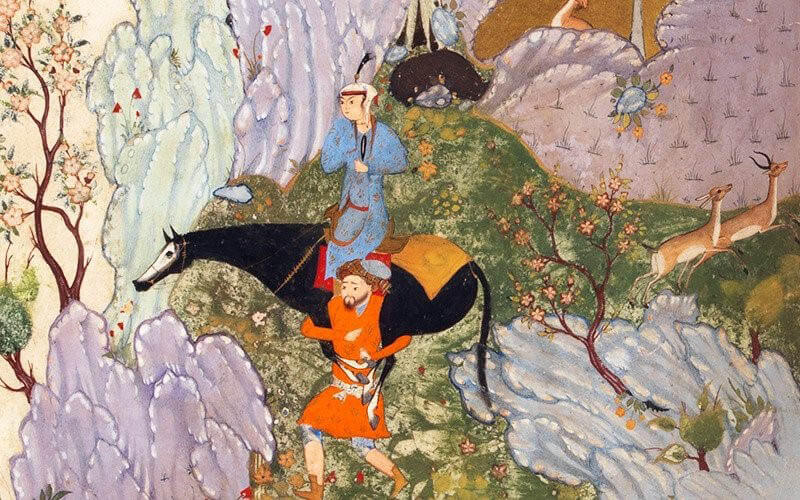
Farhad Tarash Folklore
There is a large rock on Mount Behistun that is 200 meters long and 36 meters high. Where the polished stone came from is still a mystery. The truth, however, is clouded by speculation and conjecture. Some have speculated that it was supposed to serve as the Sassanid monarch Khosrow II’s palace’s rear wall. Other scholars think it might be an incomplete inscription from the Achemenid period. Locals think that because it tells the story of Farhad Tarash and Shirin, a man who worked for Khosrow II, sculpted it.
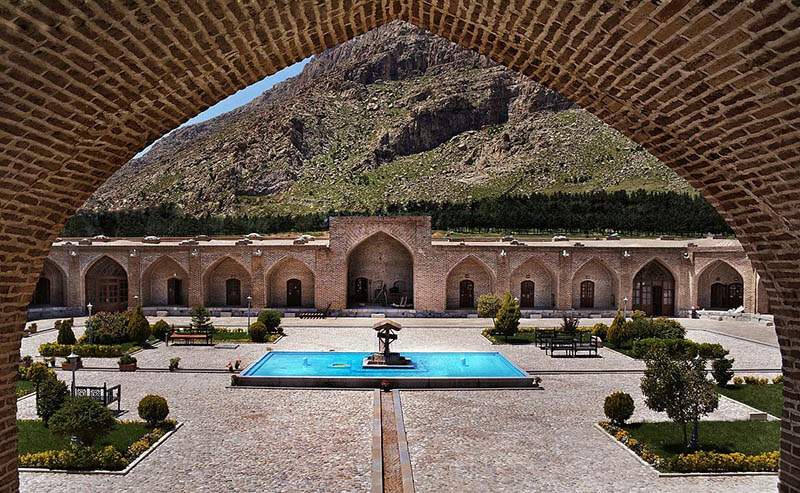
Shah Abbasi Caravanserai, A Fantastic Place to Visit
We may find directly a Safavid Caravanserai across the street from Farhad Trash. Abbas I of Persia commissioned this historical landmark. They constructed the walls from bricks and carved stone. Six apartments line each side of the courtyard, with iwans (small pavilions) at each of the four corners. The stunning structure underwent several rounds of repairs before opening its doors as a hotel.

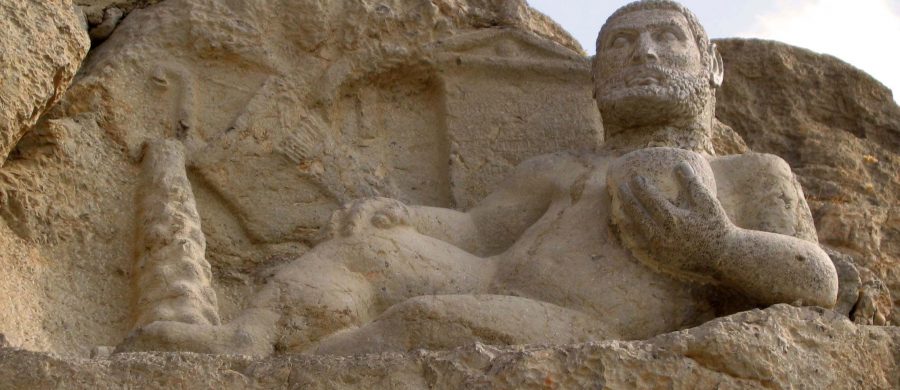




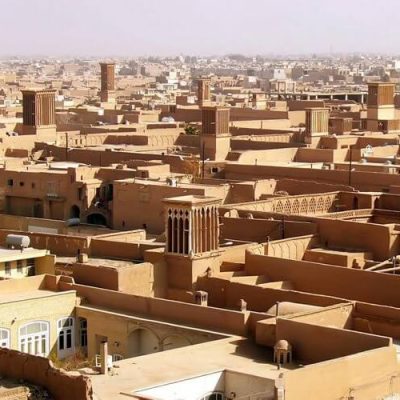

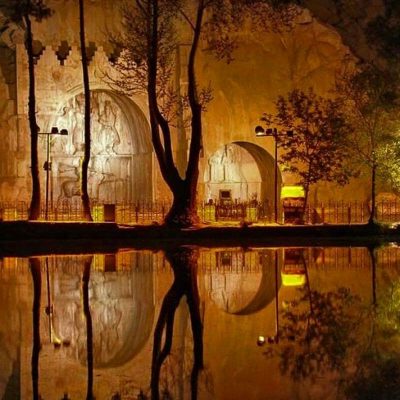
Post Discussion